Up Next

When Mercedes took over the Brawn team that had just won the drivers’ and constructors championship ahead of 2010, it initially had a dip in form but soon made astonishing progress that turned it into a team that, this year, looks set to take an unprecedented seventh back-to-back title double.
Mercedes has spent a huge amount of money and effort to achieve this and deserves its success, but I don’t think anyone can say there wasn’t a step-change in performance when the regulations changed from normally-aspirated engines to 1.6-litre V6 turbo hybrids in 2014. And we’re still seeing the same story today.
At the beginning of the hybrid era, Mercedes was the only team that seemed to do the job correctly in terms of starting work early and looking at the long-term picture. At the time, people complained it had become an engine formula and, actually, it still is. Mercedes is still doing it better than the rest and no changes to the regulations are going to alter that.
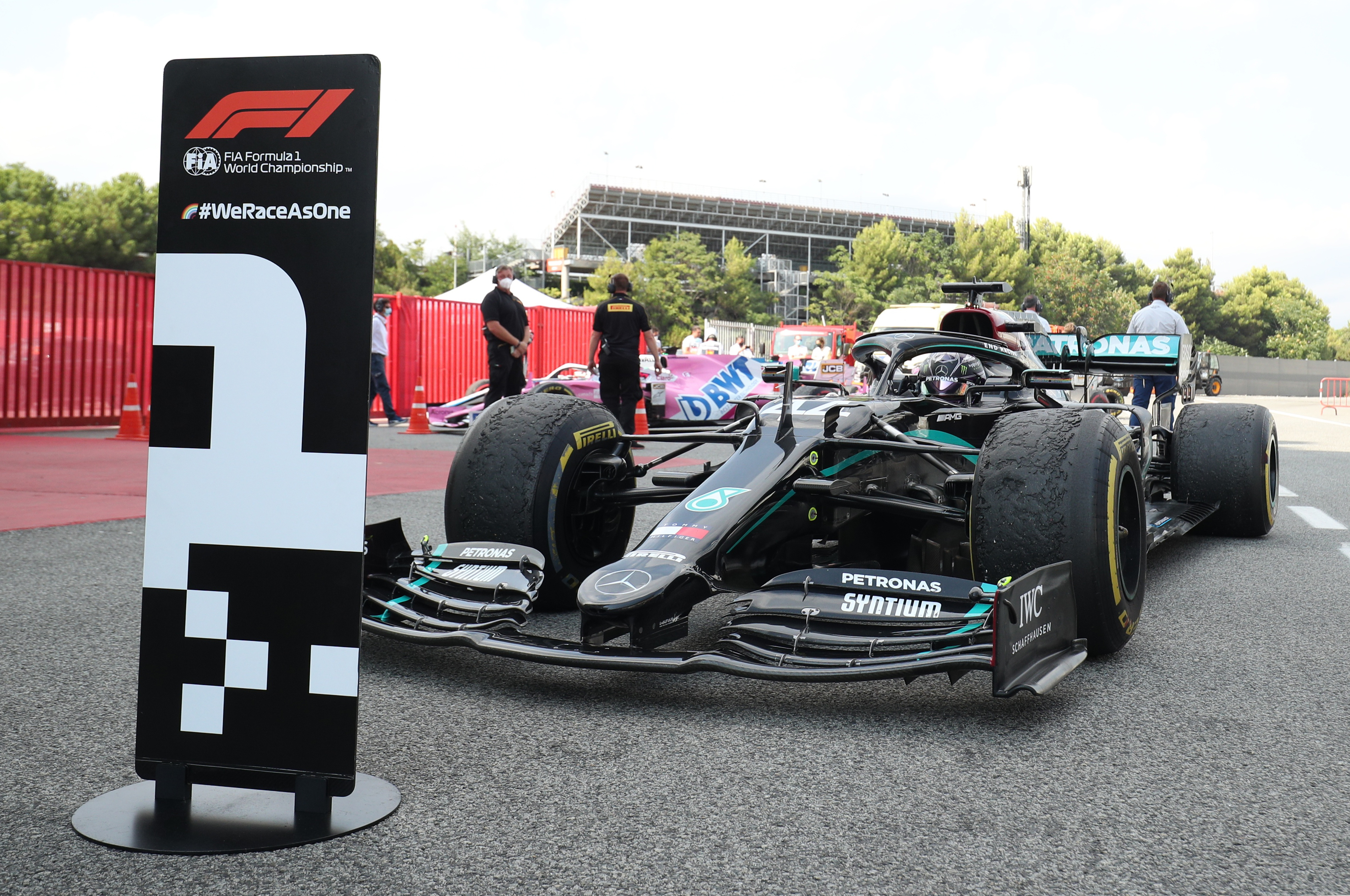
But it has become predictable and I want to put some ideas on the table to try to improve the racing. It’s not about singling out one team to be disadvantaged and I would expect Mercedes to be able to take on any challenges that could be thrown at them. It’s about making suggestions that I believe serve what is already in the regulations, but not policed vigorously. And it’s specifically about making this a real showcase of the drivers.
This isn’t just me complaining. For the latest episode of my podcast, I asked for suggestions from you, the fans, for ways that F1 could be improved and there was a massive response so clearly there is a desire for change. That included some more far-reaching changes for the longer term than the ones suggested here, but it shows that there is an appetite for something to be done. Have a listen to that for a look at some of those bigger ideas.
Listen to “Gary judges your suggestions on how to fix F1” on Spreaker.
There are plenty of small changes that can be made immediately. And really, the rules already exist. Here is section 27 of the F2 Sporting Regulations:
27.1 The driver must drive the car alone and unaided.
27.2 Drivers must observe the provisions of the [International sporting] code relating to driving behaviour on circuits at all times.
27.3 Drivers must make every reasonable effort to use the track at all times and may not deliberately leave the track without a justifiable reason.
Drivers will be judged to have left the track if no part of the car remains in contact with it and, for the avoidance of doubt, any white lines defining the track edges are considered to be part of the track but the kerbs are not.
Should a car leave the track the driver may re-join, however, this may only be done when it is safe to do so and without gaining any lasting advantage. At the absolute discretion of the race director a driver may be given the opportunity to give back the whole of any advantage he gained by leaving the track.
27.4 At no time may a car be driven unnecessarily slowly, erratically or in a manner which could be deemed potentially dangerous to other drivers or any other person.
Everyone will have their own ideas of what all this should mean and even my fellow columnists at The Race won’t agree with all – or perhaps any – of mine. But that’s the good thing about putting them on the table as one or more of these ideas might improve the racing or even make things safer. It’s better to put ideas out there and discuss them rather than just moan about it.
As I once heard Bernie Ecclestone tell Eddie Jordan: “The problem with you is you know everything that is wrong and nothing that is right.”
There is a huge amount that is right with F1, but it’s the bits that are wrong that must be looked at while leaving the rest alone.
When we see a race where a driver makes a great overtake or someone starts further back than they should and pulls off a good result by overtaking the opposition, the drivers always talk about it with much more enthusiasm than when they have had a race where they drove around in the same position as they started. Lewis Hamilton talked about being in the zone in Barcelona and he lapped everyone up to and including fourth position.
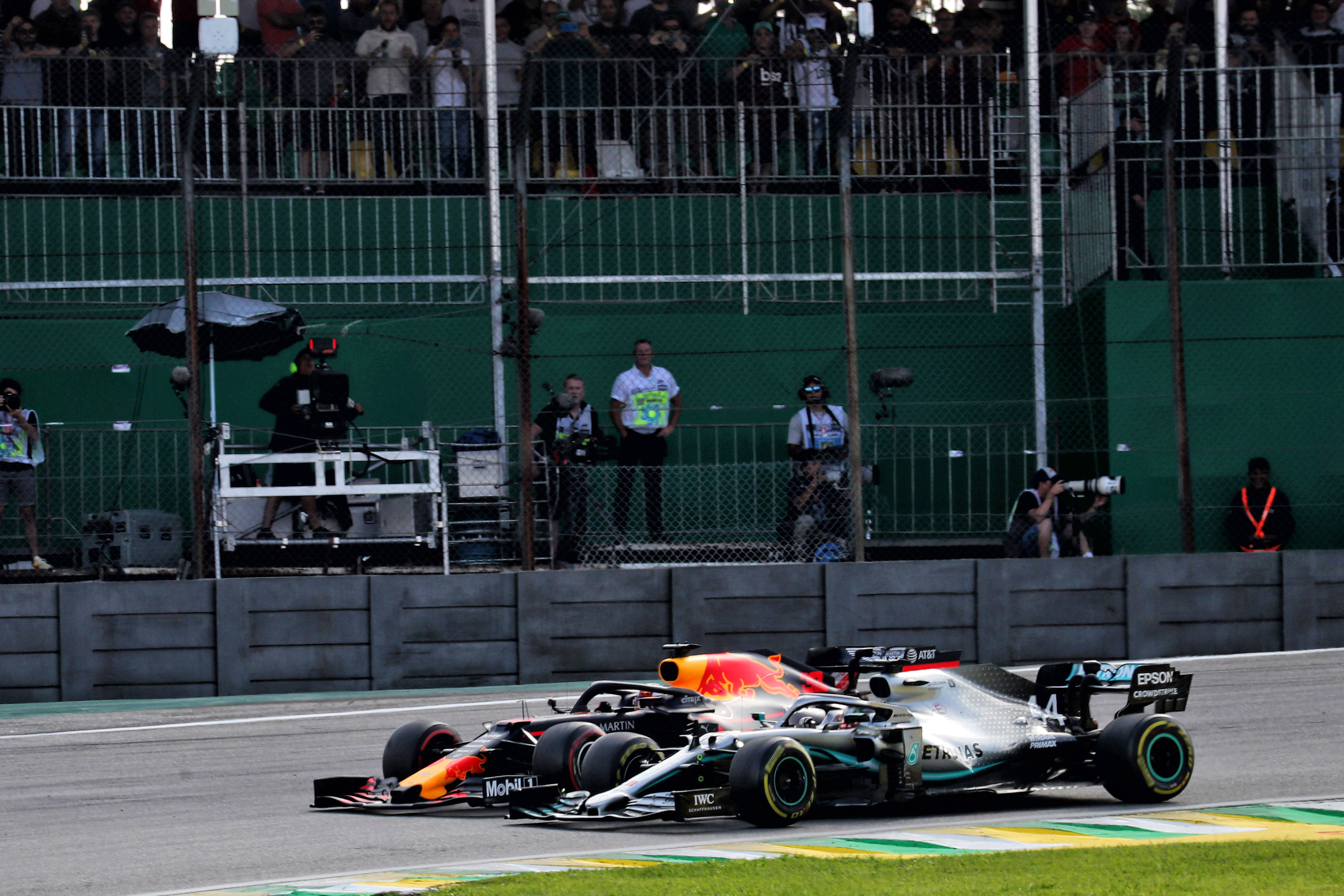
Just as we do, all the drivers love on-track battles. Hamilton often refers to the fact that he would love to have a real competitive race with Max Verstappen and/or Sebastian Vettel. There are many others that could join that list, including Fernando Alonso next year, but to get that to happen in the short term the others might just need a helping hand.
So in this strange season, it is the right time to take some of these ideas and experiment. These ideas don’t have to be set in concrete and in the rules forever, but it seems to have been a huge missed opportunity to have had double-headers at the Red Bull Ring and Silverstone and not used them as the ideal chance to dip the toe in the water and try things.
For the 70th Anniversary Grand Prix at Silverstone, we did have the softer compound range and that shook things up, but that was one small change on one weekend. As we might yet have another double-header this year in Bahrain, depending on how the calendar shakes out, I hope that opportunity isn’t wasted. The only other experiment we know we’re getting this season is the single 90-minute practice session at Imola.
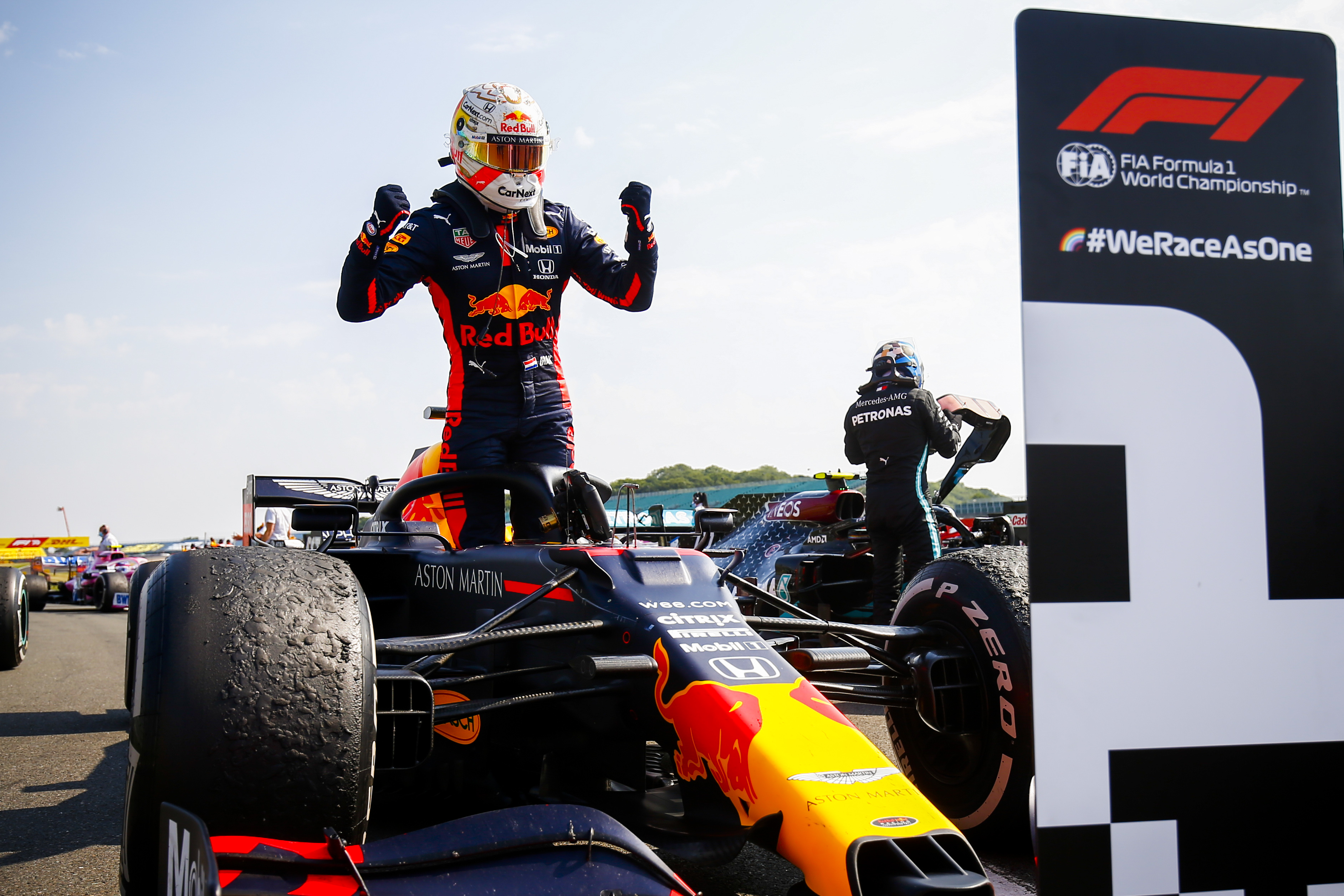
This is not about stopping the best team winning. I would just love to see Mercedes have to work that little bit harder on Sunday afternoon to achieve that and make it less obvious who the top three will be at the end of lap one. Throw more challenges in and Sundays won’t look so similar.
If you look at the Spanish Grand Prix top 10 at the end of lap one, the only things that changed the order were Red Bull getting Alex Albon’s strategy wrong and dropping him from sixth to eighth, and Sebastian Vettel climbing from 10th to seventh with a one-stopper.
It is very difficult to make a difference with strategy calls – the two Racing Points started fourth and fifth, finished more or less together, fourth and fifth, one did a one stop and the other a two stop.
So, onto my seven-point plan to shake things up – starting now.
1. Engine mode/throttle map restrictions
From the start of qualifying to the chequered flag, only ONE engine mode and throttle-pedal-to-rear-tyre torque map can be used.
This means that you can’t just alter the engine mode to find another 25bhp for qualifying or to fend off another car in the race, or the torque map as and when you need to save the rear tyres. It’s down to the driver to ‘drive the car alone and unaided’, they instead have to make the decisions and find the solution in how they drive the car.
2. Lower tyre pressures for FP3, Q1, Q2 and Q3
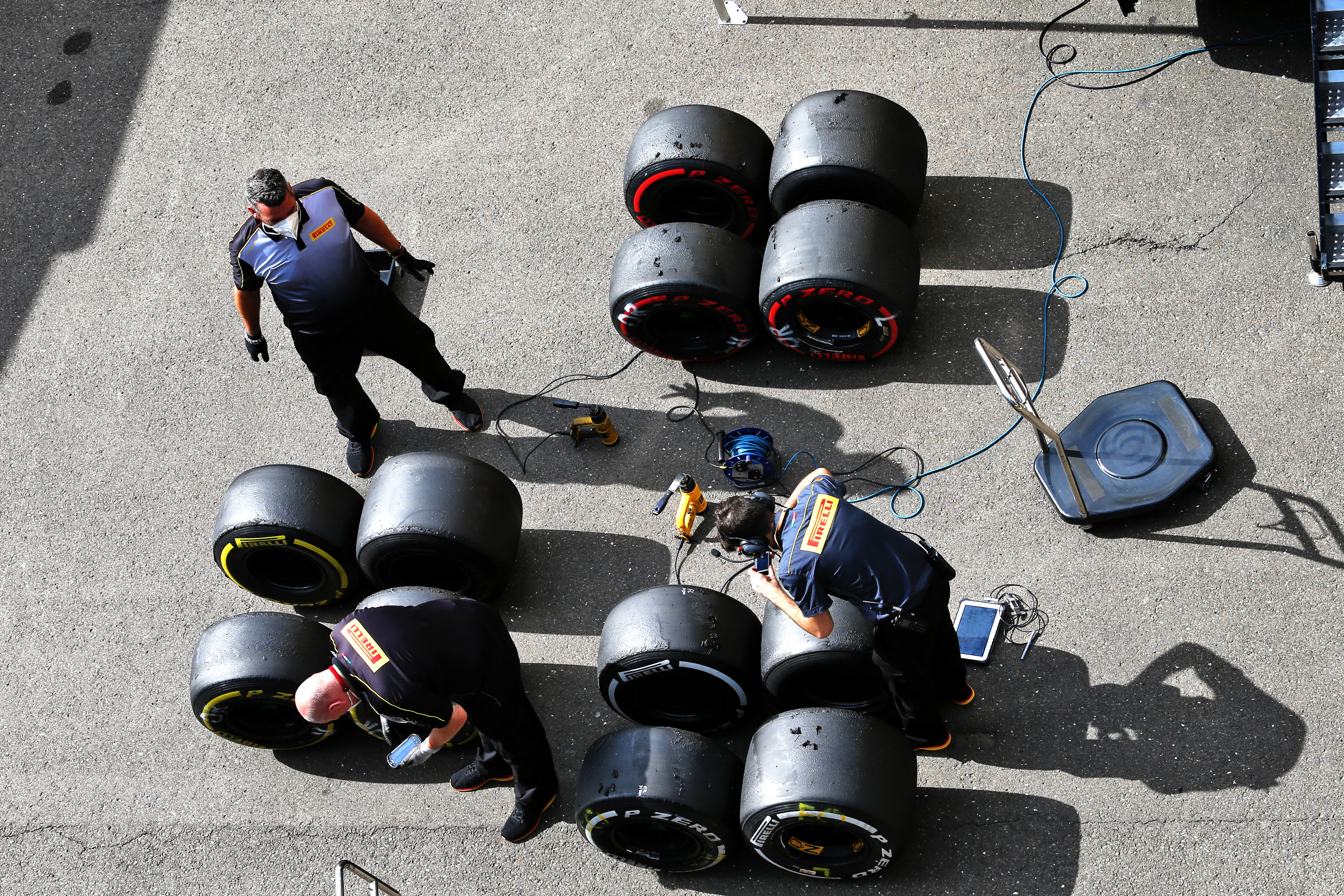
Pirelli to allow tyres that are not going to be used for more than two timed laps (six total on a run to include outlap, inlap and a cooldown) to come out of the blankets at something like 10% lower pressure than their minimum race pressures.
The teams use the blankets to heat the tyres to the maximum Pirelli allowable temperature, not because they want that temperature but because they require it to increase the pressures to the Pirelli minimum allowable ‘out of blanket’ pressures. Until it was banned, they even used to then cool down the rims with dry ice fans to reduce that pressure. Now they just drive the out laps like, as Max Verstappen would say, a granny, to reduce those pressures.
3. A maximum sector time
This is really a safety requirement, but it will alter how the drivers go about managing the tyre warm-up and cool down. It would be the same for everyone, so it’s about throwing in a change to what is currently the norm.
For far too long we have seen drivers doodling around at the last corner, waiting for space and cooling the tyres. This is OK at some circuits but very dangerous at tracks with blind last corners like the Red Bull Ring. This has been a talking point recently due to the Esteban Ocon/Kevin Magnussen incident in Hungary.
4. Pitlane exit light in qualifying
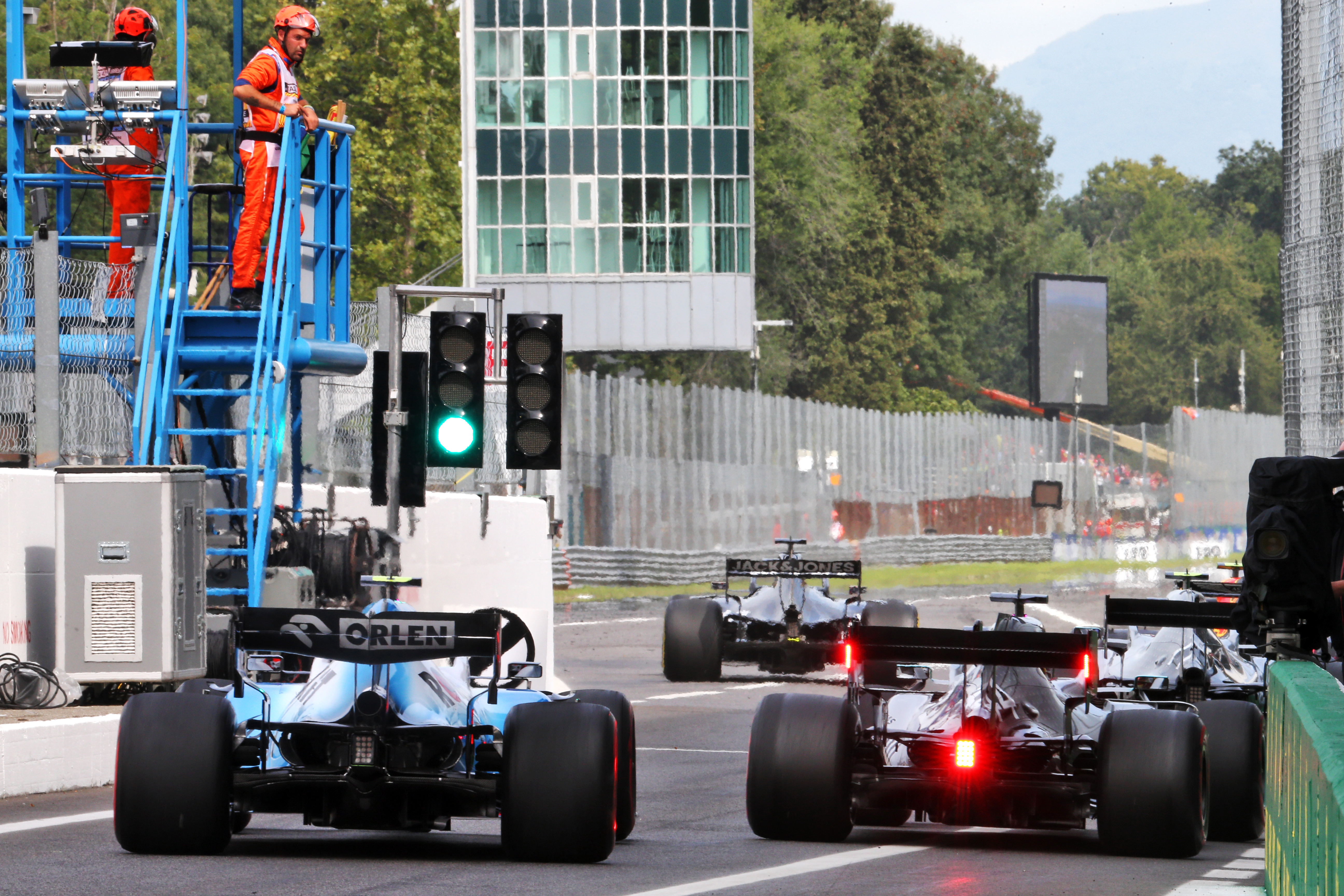
The pitlane exit light to go red for ‘x’ time after each car exits the pits in qualifying.
This is to separate the cars and reduce the need for this ultra-slow last sector that, as we all know, is a big accident waiting to happen.
5. Restrict DRS usage
DRS cannot be used during FP3, Q1, Q2 and Q3. This would mean that the teams would need to put more simulation work into the correct wing levels for qualifying. For the race, the use of DRS (which I don’t like) would then give everyone the speed increase to potentially overtake another car. It would be the same for everyone.
6. Cut most real-time data
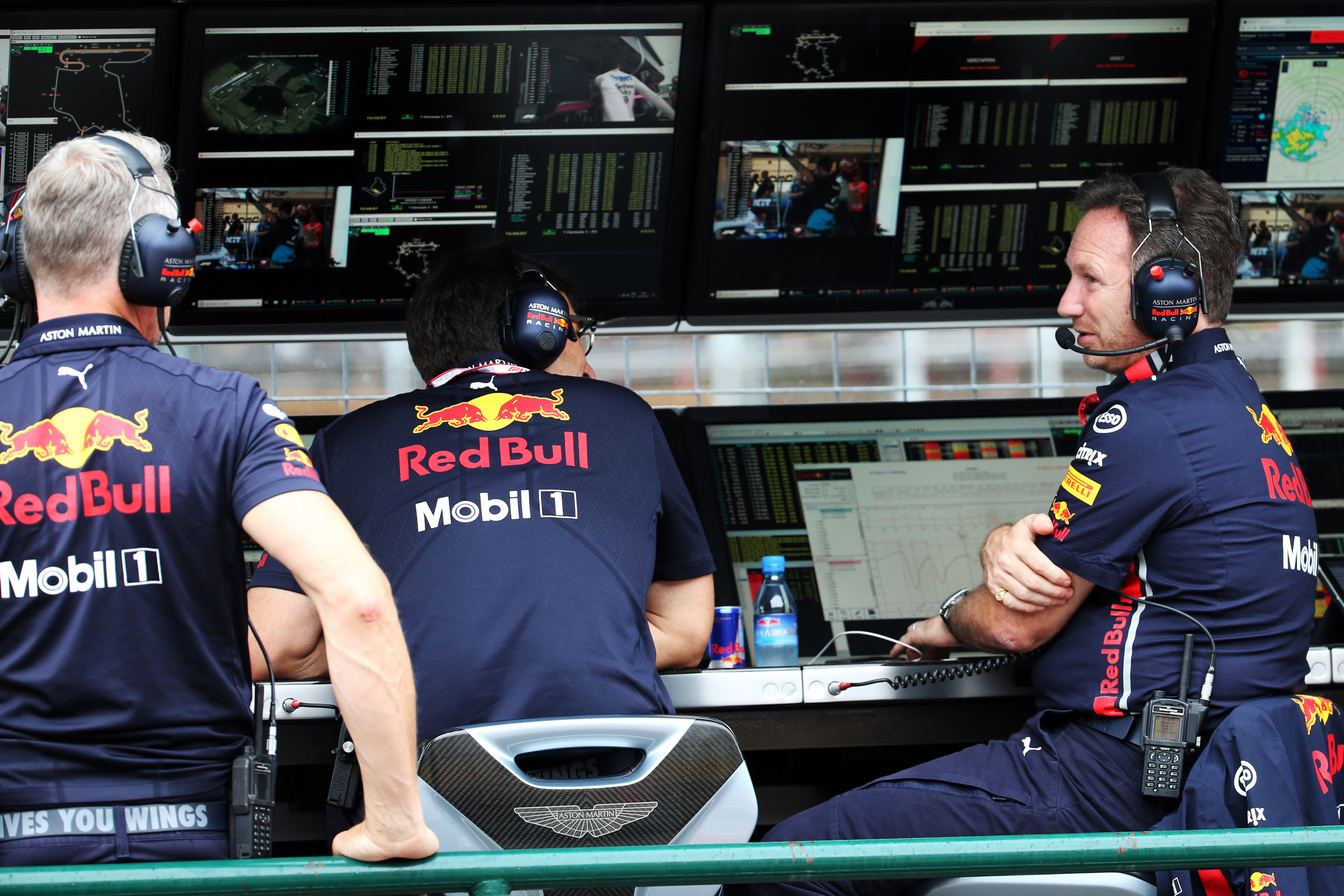
Other than something like 10 at most reliability channels, real-time data is not accessible from the start of FP3 until the chequered flag drops. This is to stop the driver being given information on what they need to do to get the best out of the car.
We heard many engineers’ instructions over the radio during the Barcelona race, which corners they needed to be careful in to save the tyres, tyre temperatures. Is this the pilot driving the car alone and unaided? Obviously not.
7. Change the blue flag rule
Either do away with it completely and let the driver simply get on with his job like it was back in the 90s, or just have it at the start/finish line.
If a car is coming up to lap another competitor and is within ‘x’ seconds at the start of sector three then the blue flag is waved on the start finish/line. If, by the time they get around to the start of sector three on the next lap, the driver that is or was just about to be lapped can open up a gap bigger than ‘x’ then no blue flag on the start/finish line.
A second blue flag means you must allow the faster driver through before the end of sector 1.
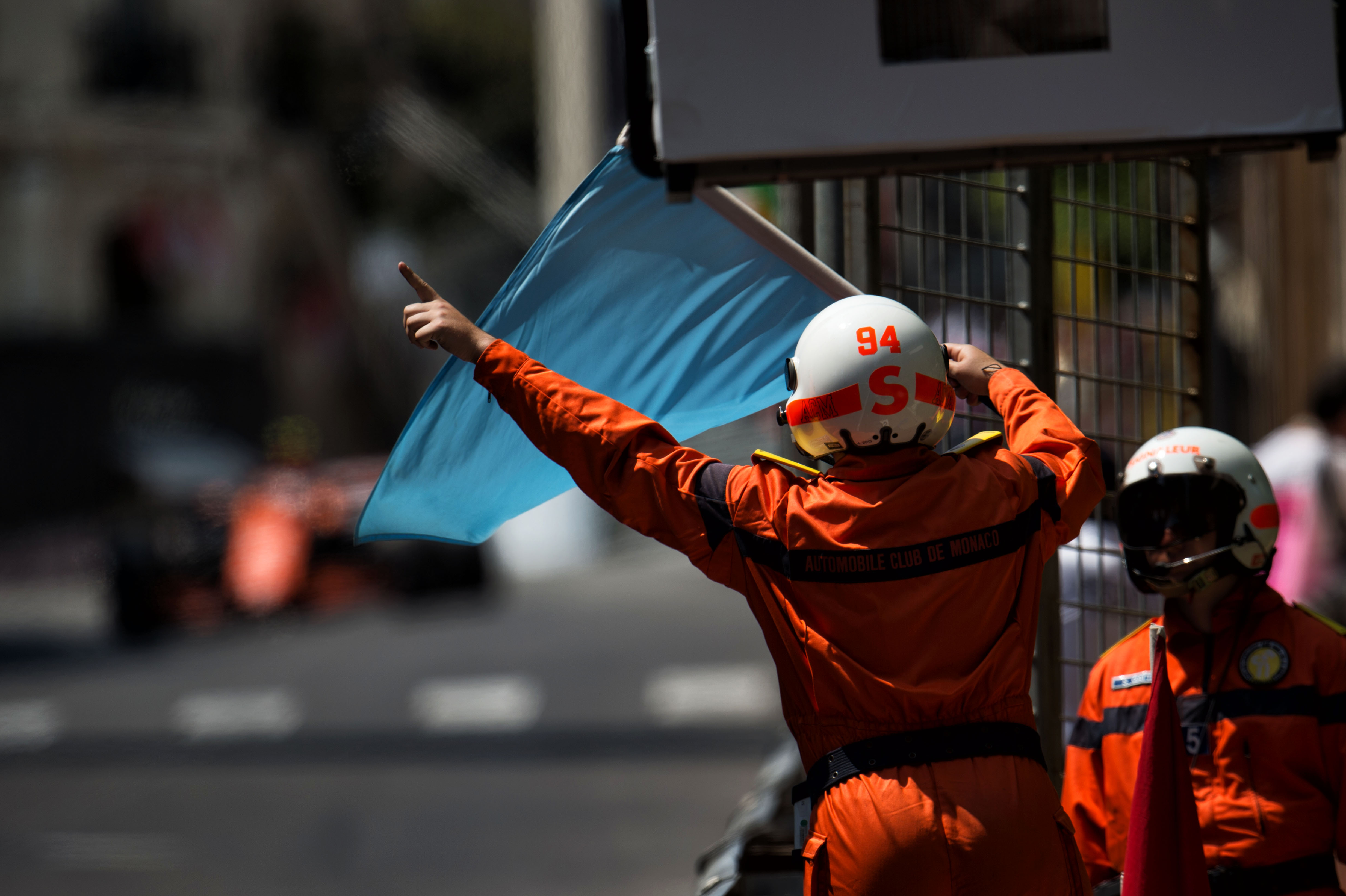
This would allow a driver in a slower car that has just exited the pits on fresh tyres to get up to speed and possibly pull away from the driver in the faster car which is on older tyres.
Currently if, say, Romain Grosjean pits for new tyres and exits the pits just in front of the leader who is still on old tyres, he will be blue flagged and will go a lap down. He might only be a tenth or two faster on those new tyres but this would give him a chance to dig a bit deeper and stay on the lead lap. If he let the leader through they just wouldn’t have the speed to retake the leader.
I don’t know if anyone remembers Suzuka in 1993. Eddie Irvine was lapped by Ayrton Senna who was leading but just before the start of the last lap he caught up with him again and asked us if he should overtake him. We said yes because being on the lead lap means that if anyone between you and the leader stops on that last lap you will overtake them and gain a position.
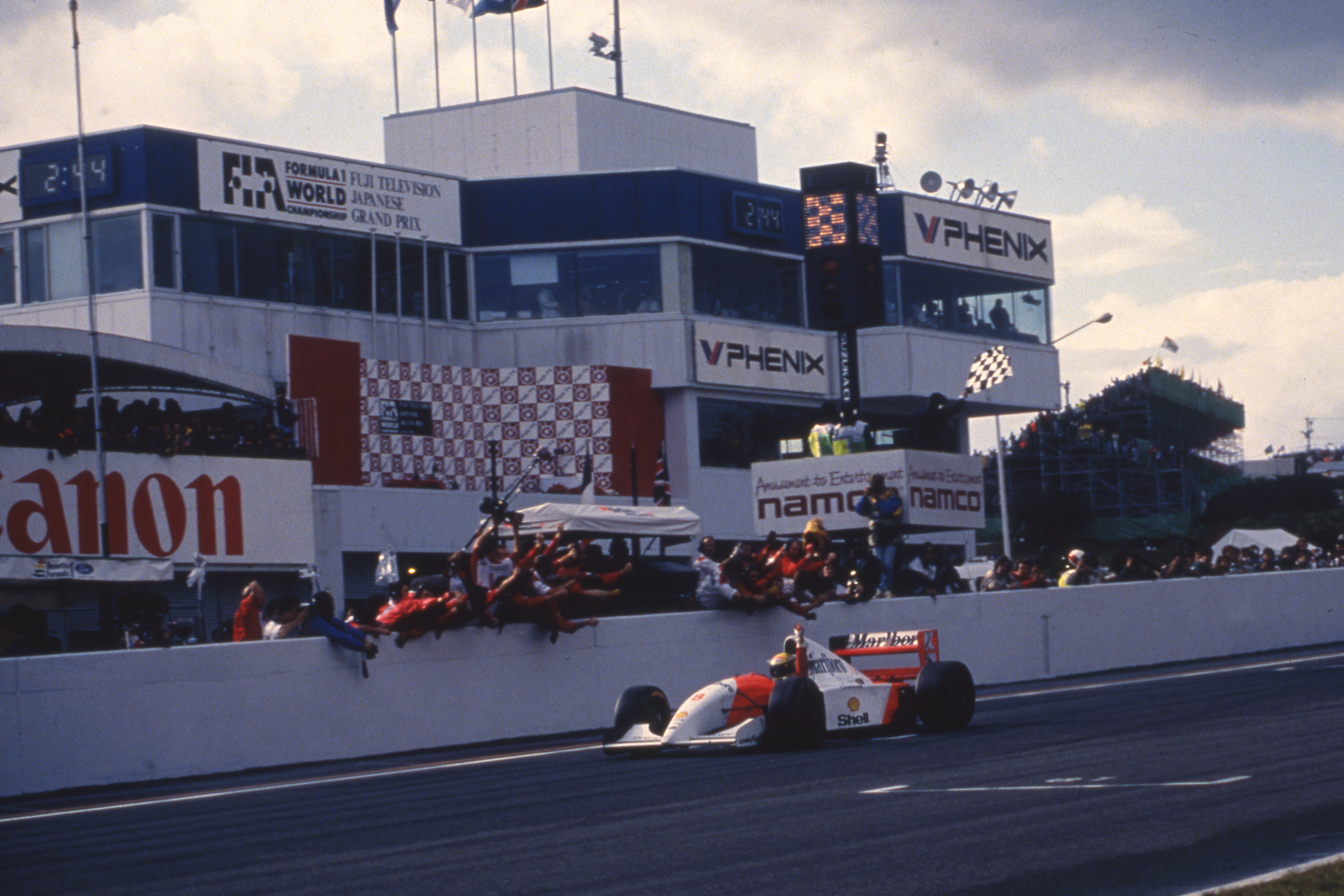
After the race, Senna came to have a chat with Eddie about it as he felt it took away from what was his glory lap. Needless to say, it ended up being a bit of a ‘handbags at dawn’ episode with a lot of pushing and shoving going on.
All of these changes could be done without making any costly modifications to the car and would create new challenges for the teams and, crucially, the drivers. But there are no gimmicks here and I don’t believe there’s anything that a traditionalist should object to.
The best would still do the winning, but they would have to deal with a few more challenges to do so. And that’s what we want to see, we want the best drivers in the world being visibly that to the millions of loyal fans who watch every single race.





